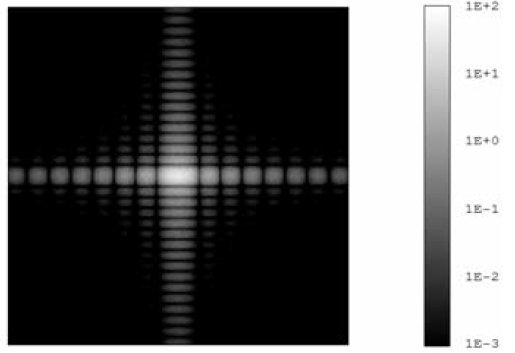home consulting products & tools clients about

(781) 454-7648
Zemax is one of the most popular commercial raytrace applications. A powerful feature of Zemax is the open "back door", where the developers have published specifications for authoring new primitive elements to embed in the code in realtime.
With custom DLL primitives, all of the parameters of the add-on element are accessible via the conventional Zemax parameter tables, and thus become avalable as variables for optimization metrics.
Rockfield Research is a leader in commercial development of these custom Zemax add-ons. Call today to find out how to embed your unique optical problem into the power of Zemax!
Custom
DLL modules
for Zemax
raytracing
(Non-sequential Zemax only.)
(compiled DLL files can be provided
for both 32-bit and 64-bit Windows systems)

LED source matching There are limited capabilities for native Zemax to define the characteristics of your light source to match its real-world properties. LEDs are problematic in this way - each one has unique angular emission profiles, spatial extent, and chromatic content.
If your source isn't correct, the rest of your model
isn't correct. A wide variety of LED modules have been written for Rockfield customers - adapting or expanding one of these to your application is quick and easy.
Plasma source matching Light generated by plasma sources is not represented by any Zemax primitives. A custom DLL can model your source precisely. Gaussian source distribution? Cylindrical deformation? Intermediate optical density? Radial spectroscopic variation? All these are easy to model once you know what you want.


Custom Geometry Sometimes, you simply need to define a geometry which is too complex for the existing primitives. Example -- a diamond turned parabolic reflector has residual grooves from the turning step-increment which may be problematic for short wavelengths. A conic reflecting surface with sinusoidal perturbations models this well.
Diffractive Elements Geometric raytracing can be extended to model diffractive elements without resorting to the more general (and far more difficult) tools of physical optics. Primitives for gratings already exist. Add-on DLLs can model other elements, such as zone plates, complex holographic gratings, or the single slit pattern shown here.

Grazing Incidence Optics Soft X-ray imaging optics use ellipsoid and hyperboloid sections at glancing incidence. Accurate throughput of these systems may be modeled by writing DLL code to include reflection and absorption coefficients as a function of angle as a modified surface-scattering property.
___________________________________________________________________________